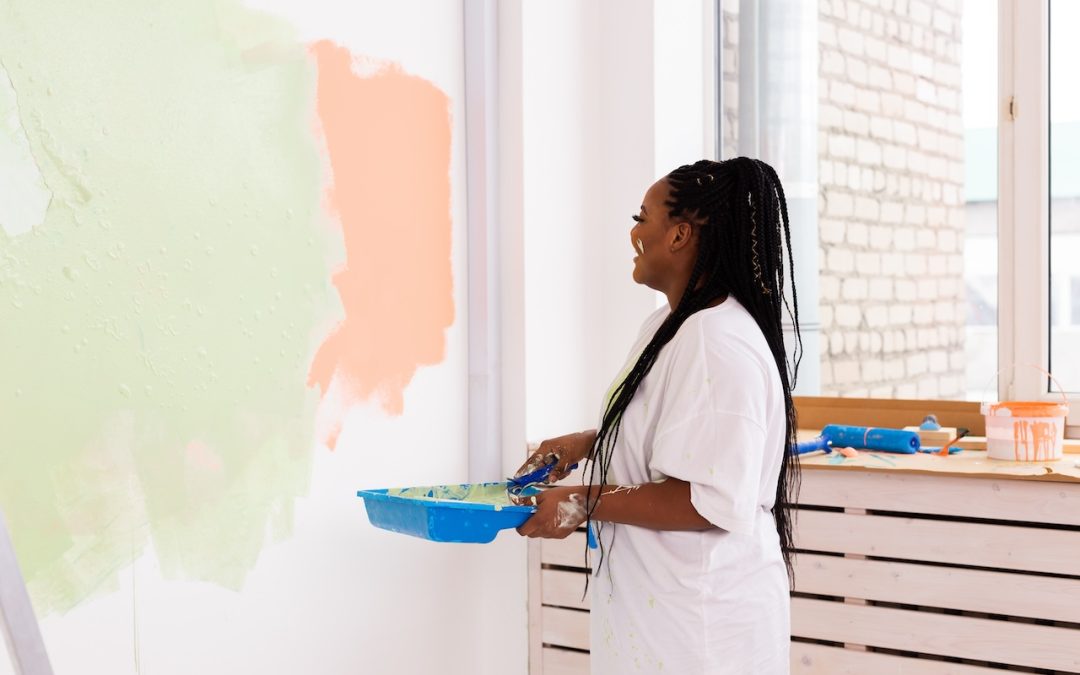Paint might just be the closest thing we have to a magic wand when transforming a space—with a single stroke, dingy walls can become dazzling. But have you ever pondered, amid excitement to see the new color flourish, how long paint needs to dry?
Understanding the dry time is essential to unlocking the full potential of your paint job’s beauty. Let us brush up on the facts, ensuring your next project remains seamless, lustrous, and long-lasting.
How Long Does It Take for Paint to Dry?
As a general rule, paint takes at least 24 hours to dry. However, this varies depending on factors like the type of paint, temperature, humidity levels, and even the surface being painted. Latex paints are typically quicker drying than oil-based paints.
Additionally, some paints may require multiple coats with longer drying times in between. It is crucial to follow the manufacturer’s instructions for optimal dry time.
Why Shouldn’t Disrupt Paint Drying
If you brush off the importance of allowing paint to dry, you may encounter several issues that could compromise your lovely new space and even cost you additional time and money down the road. Here are a few problems that can arise from not allowing paint to dry properly:
Stains
If you move furniture or decorative items onto freshly painted walls before they are fully dry, they may leave marks, dents, or stains. These blemishes can be challenging to remove and may require touch-ups or even tedious repainting.
Discoloration
Applying a second coat of paint before the first has completely dried can cause discoloration, resulting in an uneven or blotchy finish. Not only is this unappealing, but it also means spending more time and money to fix the issue.
Adhesion Issues
When paint has not had sufficient time to dry and cure, it may have difficulty adhering to the surface properly. This can lead to peeling, chipping, or flaking over time, requiring repainting sooner than expected.
How Temperature and Humidity Affect Paint Dry Time
Temperature and humidity play a significant role in how long it takes for paint to dry. Here are a few ways they can affect drying time:
If Hot
When the temperature is too high, the paint may dry too quickly on the surface while remaining wet underneath. This can cause issues with curing and adhesion, resulting in a poor finish that may not last as long.
If Cold
Painting in colder temperatures can also lead to problems. The paint may dry too fast, not allowing adequate time for proper bonding and causing similar issues as when it is too hot.
Humidity
High humidity levels can hinder the drying process by slowing down evaporation. This can prolong the curing time, resulting in a finish that is not fully dried or cured and may remain tacky or sticky.
Find Balance with Fillo
At Fillo Painting, we understand the importance of working with the ideal temperature for paint drying. Our experienced team is knowledgeable about the ideal conditions for painting and can help ensure your project turns out flawlessly.
With our expertise, you can rest assured that your paint will have the best chance of drying correctly and producing a beautiful, long-lasting finish. Contact us so we can help you with all your interior painting needs.

